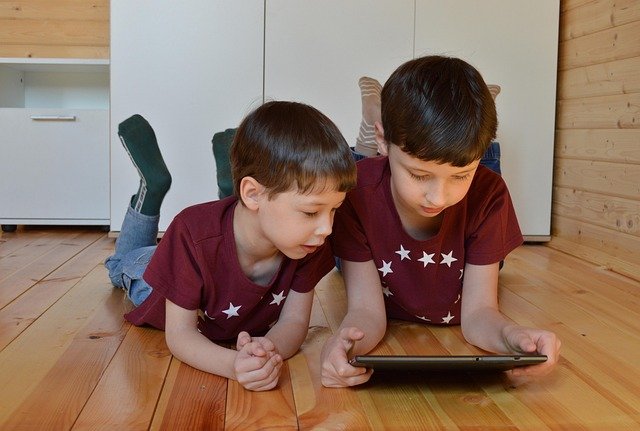The Hidden Dangers of Excessive Screen Time for Children
In today’s digital age, smartphones and tablets have become an integral part of childhood. From educational apps to animated videos, technology offers endless entertainment and learning opportunities. But beneath the glossy screens lies a growing concern: the impact of excessive screen time on children’s development, health, and well-being.
Children are naturally curious and easily captivated by bright colors, fast-moving images, and interactive games. While occasional use can be beneficial, prolonged exposure to screens can lead to a host of physical, emotional, and cognitive issues.
One of the most immediate risks is eye strain. Staring at screens for hours can cause dryness, blurred vision, and headaches. The blue light emitted by devices also disrupts melatonin production, interfering with sleep cycles. Poor sleep in children can lead to irritability, difficulty concentrating, and weakened immune systems.
Beyond physical health, excessive screen time affects mental and emotional development. Studies have shown that children who spend more time on devices tend to have reduced attention spans and struggle with impulse control. The constant stimulation from apps and videos can make real-world interactions seem dull, leading to boredom and restlessness when not engaged with a screen.
Social skills also suffer. When children spend more time interacting with devices than with people, they miss out on crucial opportunities to develop empathy, communication, and emotional intelligence. Face-to-face play teaches negotiation, cooperation, and conflict resolution—skills that no app can replicate.
Another growing concern is digital addiction. The dopamine hit from likes, wins, or new levels in games can create a cycle of dependency. Children may become irritable or anxious when separated from their devices, and some even show withdrawal-like symptoms. This dependency can interfere with school performance, family relationships, and self-esteem.
Moreover, the internet is not always a safe space. Without proper supervision, children can be exposed to inappropriate content, cyberbullying, or online predators. Even seemingly harmless platforms can harbor risks if privacy settings aren’t properly configured.
So, what can parents and caregivers do?
Balance is key. Set clear boundaries for screen time—ideally no more than 1–2 hours per day for school-age children. Encourage outdoor play, reading, and creative activities that stimulate imagination and physical movement. Use parental controls and monitor content regularly. Most importantly, model healthy screen habits yourself.
Technology isn’t inherently bad. When used mindfully, it can enrich a child’s world. But it should never replace human connection, physical activity, or the simple joys of childhood.
Let’s protect our children not by banning screens, but by guiding them through the digital landscape with care, wisdom, and love.

